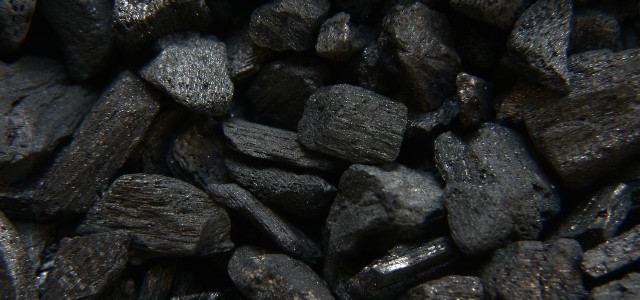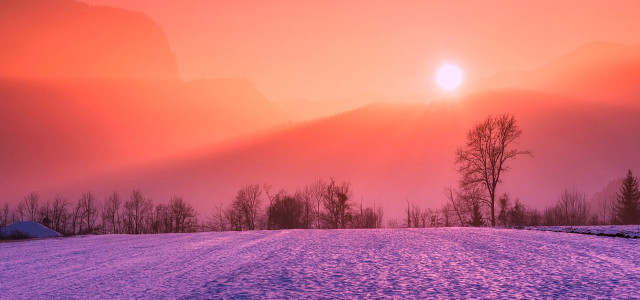Black snow is a relatively recently understood phenomenon. Unfortunately, it is caused by man-made climate change as much as it further contributes to climate change.
So-called black snow is falling in Russian towns as well as in other parts of the world. The dark snow can be anywhere from gray to fully black, and represents the devastating impact of climate change. The snow has been tinted by soot and dust produced by forest fires, the burning of fossil fuels and wood, and coal mining. The water which forms the snow may be contaminated beforehand, but the snow also picks up contaminants in the air as it falls. These particles build up and darken snow, glaciers and ice caps, posing a major risk to the planet.
Unfortunately, in some parts of the world, black snow is becoming somewhat of a norm. Residents of the small Siberian town of Kiselyovsk are even going to Canada to request asylum due to the black snow, arguing that it proves a threat to their health. Along with others in the towns of Prokopyevsk and Leninsk-Kuznetsky, they have made an effort to share their plight on social media. The message is clear; black snow presents evidence of a much bigger problem than just the occasional grey downfall.
Where is Black Snow Falling and Why?
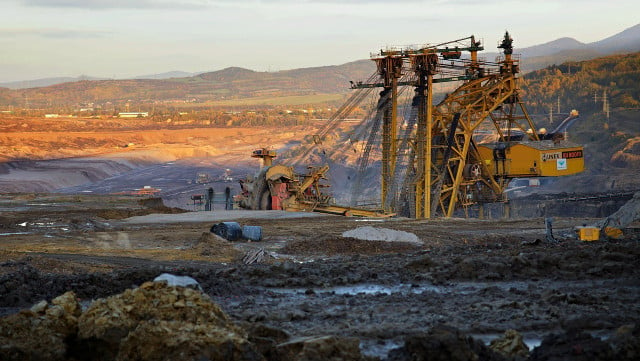
Black snow has been spotted throughout the world. In Siberia, a coal-mining region of Russia where millions of tons of coal have been mined since the 1920s, black snow falls from the sky due to the exorbitant amount of coal dust in the air. The smog in Siberia is sometimes so bad that it is hard to breathe, so, unsurprisingly, the snow is impacted. According to environmental experts, falling snow makes the coal dust visible, but it exists in the air regardless. The issue remains a problem year-round.
Other locations such as the Himalayas on the Nepal-Tibet border and parts of the Arctic have also seen cases of black snow. These have been attributed to forest fires, power plants and wood-burning stoves which produce soot in the air. Another word for this is cryoconite, a powdery material made of rocks, soot particles and microbes. Cryoconite is the second biggest cause of global warming. This is due, in part, to black snow.
This video on Twitter shows how bad the black snow in Siberia can get.
What Does This Mean?
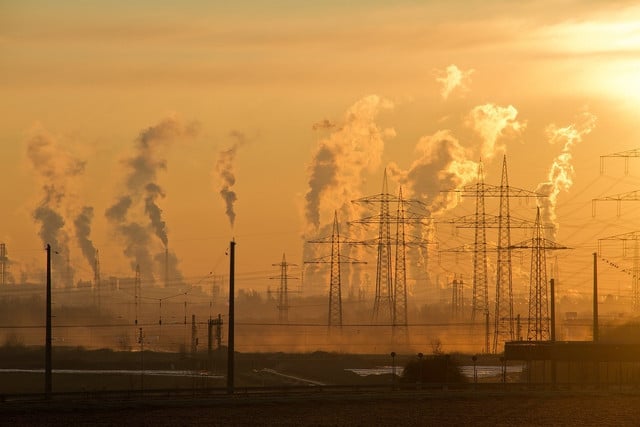


Black snow is indicative of a major threat to environmental and human health. Clearly, if the snow is picking up black particles in our air, the air is not safe for anybody. In the Kuzbass region of Siberia, where a 10,000-square-mile coalfield is in operation, the life expectancy is three to four years lower than the national average. The region also has greater rates of tuberculosis, childhood cerebral palsy and 15 types of cancer.
Similarly, the soot and coal dust in the air pose environmental dangers as they include heavy metals like arsenic and mercury and other particles that pollute water and soil. This presents an ecological hazard as it threatens crops and wildlife. Coal byproducts can even create toxic, flammable and radioactive waste. However, black snow doesn’t just point to an existing problem. The snow itself has damaging environmental effects.
Impacts of Black Snow and How to Prevent Them
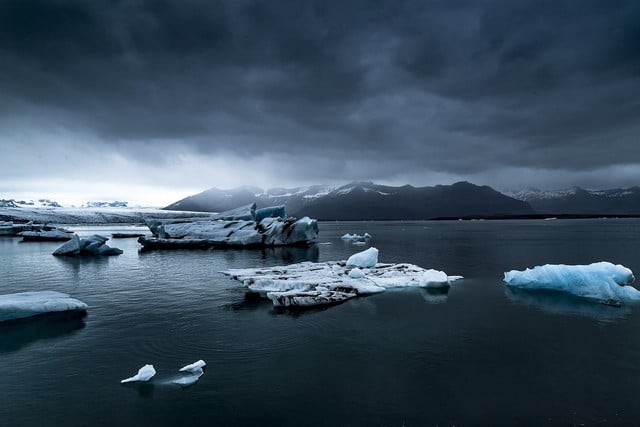


Because darker colors absorb heat radiation more than lighter colors, dark particles inside white snow cause the snow to melt more quickly. Therefore, black snow and ice are causing the unnatural and unprecedented melting of snow and ice. The rapid melting of the Arctic, for example, can in part be attributed to these particles. In 2014, for example, the Arctic ice sheet was over five percent darker than its average of several decades prior.
Experts have pointed out that this man-made climate change causes a cycle of environmental damage. As the world continues to warm, more fires occur, causing more black soot and therefore increased black snow, which leads to yet more warming. The melting effect will also impact already rising sea levels. In other areas such as the Himalayas, the melting directly affects local water sources and threatens villages with floods.
At least in the short term, black snow will remain a reality for many. The only way to stop black snow is to cut emissions produced by coal mining and the burning of fossil fuels. It’s essential that the world transitions to clean energy such as wind, solar and hydro energy before our climate reaches the tipping point of no return.
Read more:
- Human-Environment Interaction: Definition & Examples
- Nature-Based Solutions: A Sustainable Approach to Save the Planet
- Do Carbon Offsetting Programs Actually Work?
Do you like this post?






